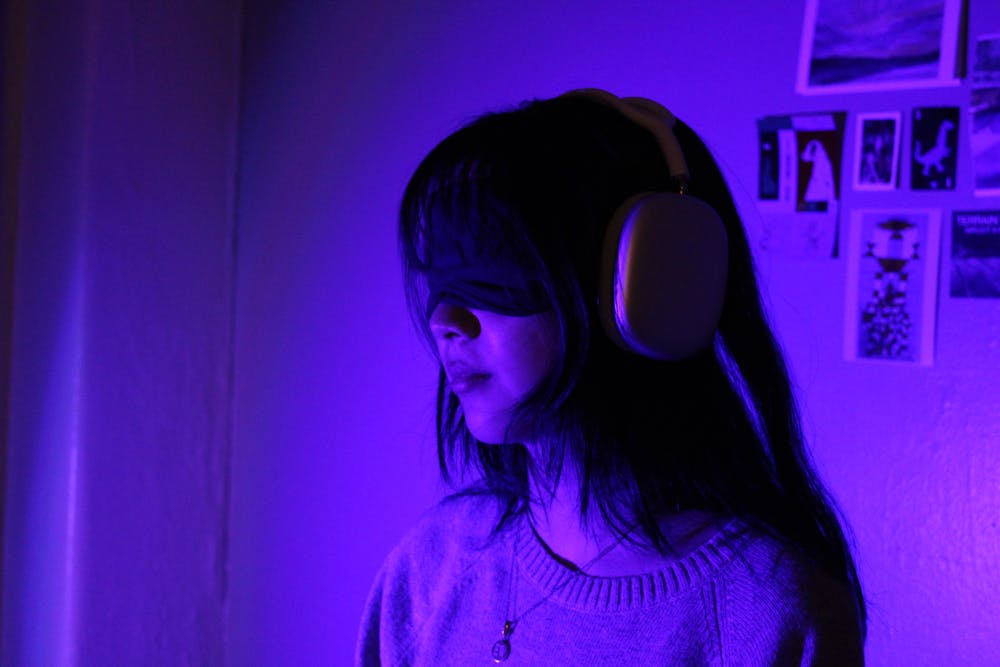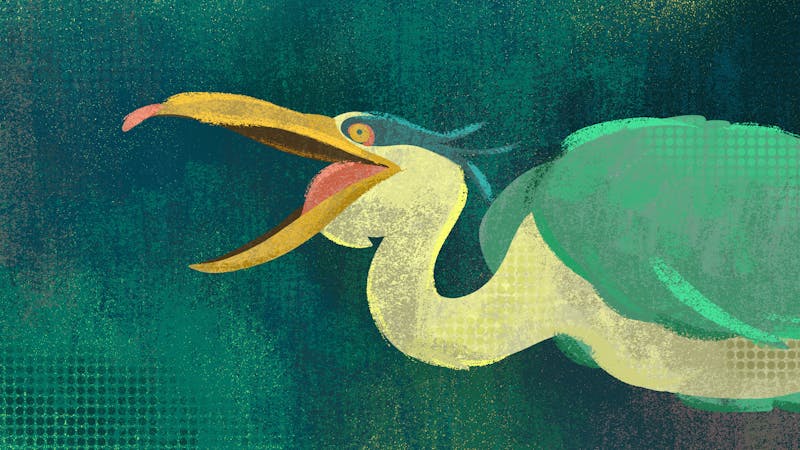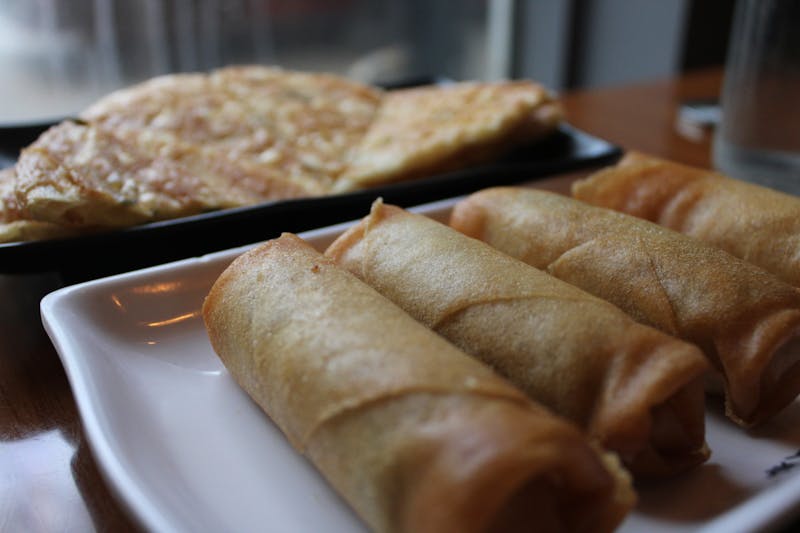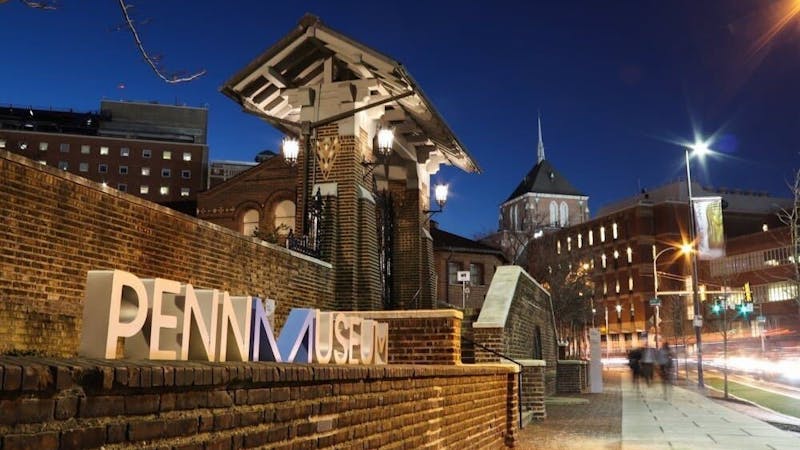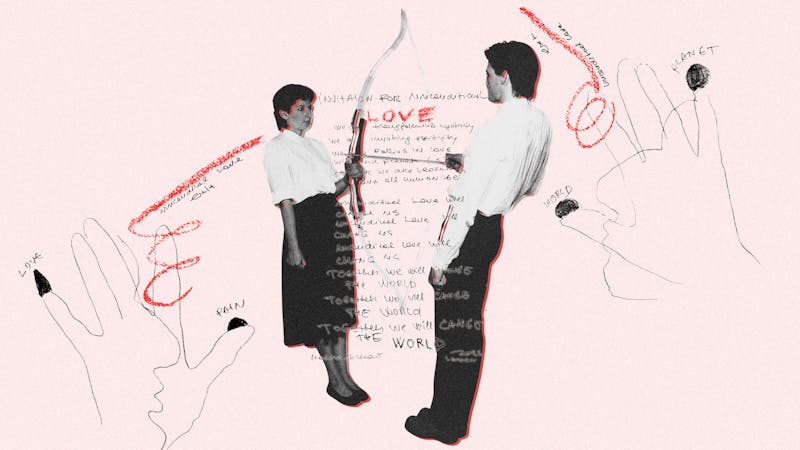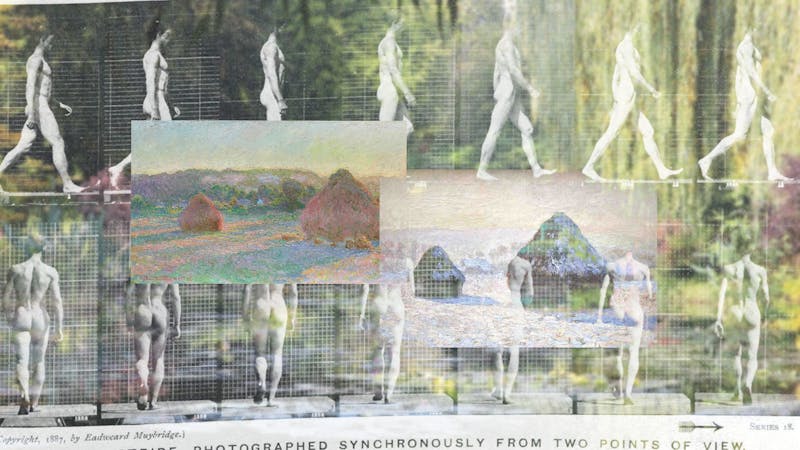The future of medicine may not lie with new gadgets—it might just be hidden in with ancient plants and mushrooms. Psychedelics have been used for centuries, beginning with Indigenous people in both the Eastern and Western worlds. In the years since then, psilocybin (4–phosphoryloxy–N,N–dimethyltryptamine) and MDMA–ecstasy (methylenedioxymethamphetamine) have found their way to the current forefront of psychedelic medicine. With recent studies and research showing promising results in using such substances in relieving post–traumatic stress disorder, chronic pain, and mental illness, many professionals in the health care field are beginning to take a trip into how tripping can heal their patient’s body and mind.
Advanced senior lecturer at the Penn School of Nursing Anita Iyengar's first experiences with these medicines is quite recent. Recently, she had the opportunity to work on the Nursing School’s Psychedelic Revival series. She began to dig deeper into psychedelics by taking an MDMA therapy course through the Multidisciplinary Association for Psychedelic Studies and participated in a nine–day immersive experience. Iyengar says, “For me it's been an immersion into just trying to learn.”
Taylor Andrews Flatt, a Psychiatric–Mental Health Nurse Practitioner at the Children's Hospital of Philadelphia and Director of Community Engagement for the Penn Psychedelics Collaborative first encountered psychedelic medicine when she was starting out as a psychiatric nurse at Johns Hopkins Children’s Center. A colleague recommended she look into clinical trials to participate in to make some extra money, and Flatt stumbled upon a study involving psilocybin. She looked it up and fell into a rabbit hole of research that connected directly to the failures she was seeing when treating patients with chronic mental illness and pain.
With the medicine evolving everyday, it’s hard even for Iyengar and Flatt to clearly define what exactly psychedelic medicine means. Flatt says even the term psychedelic itself was argued about in the early beginnings. It was “initially coined by Humphrey Osmond with psyche, meaning mind, and delic, meaning manifesting,” Flatt says in an interview with Street. Iyengar added, “Terms often get thrown around, there’s psychedelic medicine, psychedelic assisted therapy … there’s no consensus on what we’re really talking about.” But Iyengar says that psychedelic therapy is basically “psychedelic substances that can be safely used. It’s one more modality for us to help people in a world that needs help right now.”
Psilocybin is derived from many species of mushrooms across the globe. In Algeria, there are 9,000–year–old cave paintings of mushroom gods from ancient civilizations. The paintings were the first to ever depict the human use of psychedelic mushrooms. Much later, in 1943, a Swiss chemist by the name Albert Hoffman dosed himself with LSD and took a bike ride where he realized the power of the drug he had made. Then, in 1957, Gordon and Valentina Wasson traveled to Mexico and took mushrooms from Mexican medicine women, and then wrote about it for Life magazine. This sparked the public to begin to be interested in taking mushrooms throughout the '60s. An explosion of research and recreational use ignited conversations about the use of psychedelics in the medical field.
Shortly after this, in the '70s, the Controlled Substances Act was enacted, and mushrooms and other psychedelics were labeled as a Schedule I controlled substance—drugs that are not considered to have any medicinal use at the moment and which are illegal to buy or sell in nearly all circumstances. However, from the early 2010s to now, Flatt says “we are experiencing a Renaissance” in psychedelic use.
Widespread approval of psychedelics for medical use has been a long hard battle, but Flatt and Iyengar have had recent first–hand experience of seeing people who have struggled for decades, have tried psychedelic therapy, and have suddenly had peace of mind and body. Flatt has seen patients who go through trial psychedelic treatments for PTSD, and then months later not even meet the requirements for a PTSD diagnosis anymore. PTSD currently has no drugs indicated for its treatment, so people who suffer from PTSD are often at a loss of how to heal. Psychedelics have shown promise for those who haven’t been able to be helped and are looking to help even more populations of patients. Furthermore, in the next year, MDMA is looking to be approved by the FDA for medical treatment, specifically for PTSD. The idea behind the treatment for PTSD with MDMA is to reduce emotional intensity as well as increase feelings of trust and safety. This is thought to be achieved through the release of serotonin and oxytocin when MDMA is taken. Also, psilocybin has breakthrough therapy status for the treatment of treatment–resistant depression.
When looking to the future, both Flatt and Iyengar hope for equitable and affordable access for all. They also believe the drug should not become too commercialized and the true meaning of healing the body and mind be kept at the core of psychedelic medicine. It is important to connect with Indigenous people and look at the history of psychedelic medicine, and remind the health care world this isn’t just a pill you can take to fix everything.
Iyengar recognizes that “history and traditions are huge in our nation and abroad.” She wants to ensure that Indigenous peoples are “going to be reasonably respected and honored.” Working with Indigenous leaders in psychedelic medicine when cultivating the future of psychedelic medicine will ensure psychedelics are being safely and respectfully used in a clinical setting.
It takes time and a multi–faceted medical and therapeutic approach to see the full benefits of psychedelics. Flatt says that psychedelic therapy and medicine is “now being broadened out to things like neuro–inflammatory disorders and traumatic brain injuries, and it’s kind of expanding.” Flatt’s specialty is pediatric psychiatry. Although she recognizes there is a lot of care and concern that goes into integrating psychedelics to be used in a pediatric setting, she hopes to study psychedelics pediatric applications in the fall for her Ph.D. Iyengar hopes to see a future of psychedelics in group healing, where patients with similar health issues heal in a group setting with psychedelics.
It’s exciting to see the magic of this medicine work, but there is still a lot of refining to do and questions to ask. Flatt asks, “Who is going to have access? What will this look like in practice? Who is credentialed to support these patients?” These questions can best be answered by continuing to be involved in psychedelic resources and education.
For those interested in learning more about psychedelics, Philadelphia and the internet have a lot to offer. Flatt says, “I think if you don’t know anything about psychedelics at all, the nursing series online is helpful. There are also documentaries […] and Michael Pollan’s book, How to Change Your Mind.” Specifically at Penn, Flatt also suggests the Penn Psychedelics Collaborative, a multi–school consortium of students, faculty, clinicians, researchers, across all areas that are interested in psychedelics. It primarily promotes research, community outreach, and education.
The revival of psychedelics in recent years has allowed patients and health care professionals to see the power of an ancient medicine in a modern world. Combining an understanding of the past with current research and technology will greatly improve the opportunities for using psychedelics for medicinal purposes. People who have suffered for decades may finally be able to start healing via these therapies, pending regulatory approval. Working closely with professionals and Indigenous people will create a safe, concentrated approach to psychedelic therapies and medicine. Keeping the true meaning and ideas of psychedelics in mind while continuing to explore its expansive abilities will cause the world of medicine to change for the better, for the people who need it the most.
